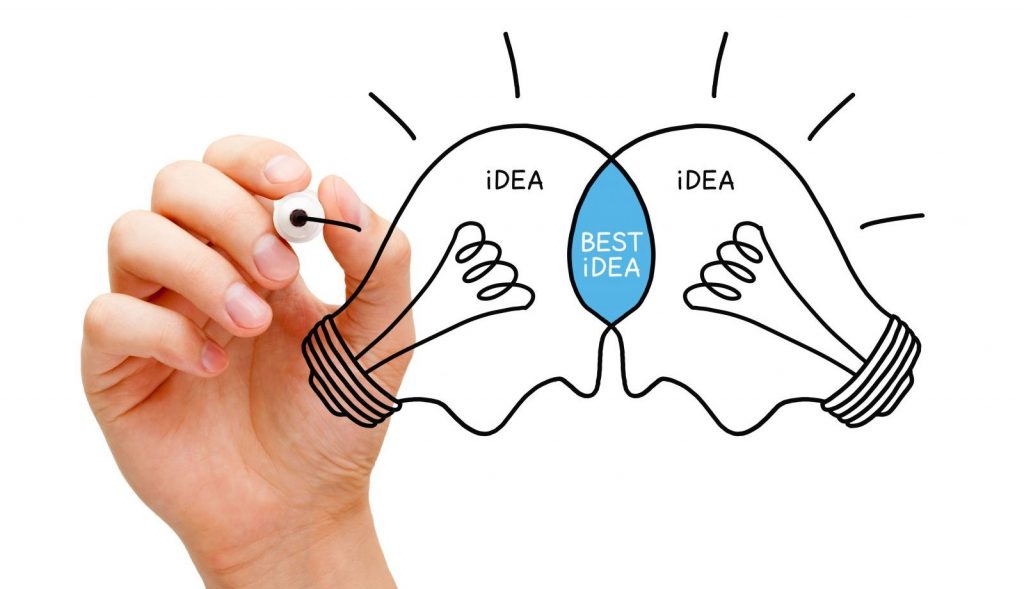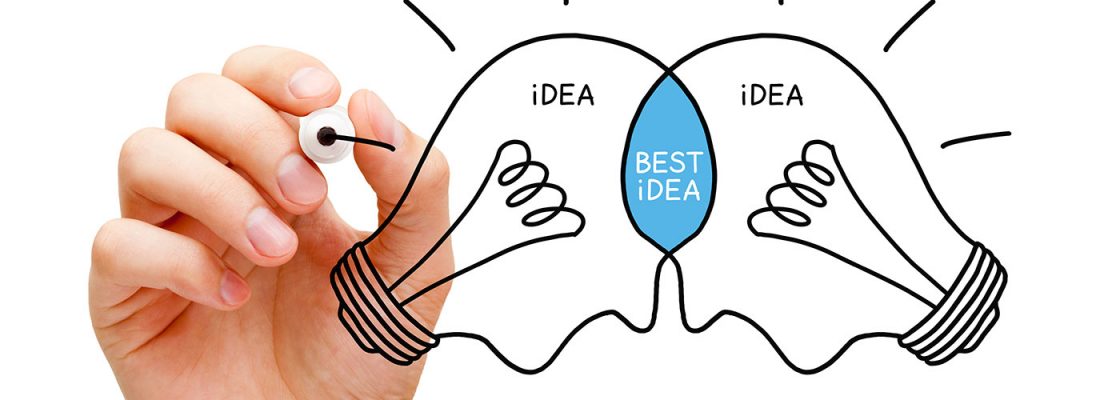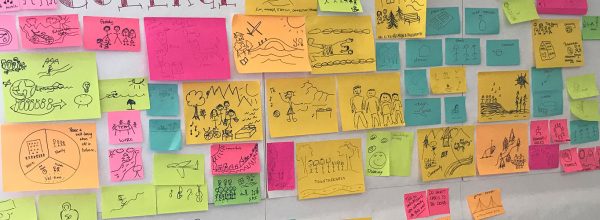Twice a year as part of our Safety Net Innovation Network (SNIN), we bring together leaders and changemakers from community clinics and dive into what it means to truly drive innovative practices within our organizations. As SNIN enters its seventh year of programming, it’s important that we at CCI embody innovation, especially when it comes to selecting a theme and shaping workshops for the meetings.

For our upcoming meeting — Be Well: Exploring the Intersections of Health and Wellbeing — we decided to do something we’ve never done before in our SNIN planning process: we invited a small group of individuals to serve as our Co-Design Team. Co-designing is a key principle of design thinking, as incorporating stakeholders in the design and iteration process helps to leverage the wisdom and experience of those closest to the work. When considering who we might bring to our Co-Design Team, we first reflected on who we want to reach with the content of our SNIN meetings: individuals who are best positioned to catalyze and sustain change within their organizations.
With that in mind, we reached out to CEO’s, project directors, and other leaders from various safety net health centers who we knew would have key insight into the needs of this network. It was important to us that the group be diverse not only in terms of perspectives, but in race, gender, and number of times they’d attended SNIN in the past. We ended up with nine individuals from all across California, plus some Coloradans, with different backgrounds and experiences.
In our first meeting with our new Co-Design Team, we proposed a theme for the May conference, walked through a draft agenda, and opened up the discussion to get a sense of where the group wanted to help. The meeting was eye-opening: we learned that our proposed theme was pretty broad, and there were places we could hone in on key elements of wellbeing. The group posed provocative questions that pushed us to really be specific with what we wanted attendees to get out of SNIN, and while this was a challenge, it helped us produce a more tangible framework for the meeting.
By the end of our second call with the team, we had ideas for completely new workshop formats that leveraged the insights gained from our networking activity. The group wanted to makes sure that attendees didn’t feel overwhelmed by the relatively new ideas that we were introducing under our theme, “health and wellbeing,” so we considered how we might thread the content from the networking activity into the actual workshops that would take place on day two of the conference.
We had a completely refreshed outlook on what it means to plan SNIN meetings: just because we’ve always done something a certain way, whether it’s scoping an agenda or assigning table groups, that doesn’t mean we have to stick to that format. We can and should try new agenda styles, workshop topics, and networking activities, and we realized this through leveraging the insight of those in our communities.
What I learned from this process is that sometimes, in order to do the best work, we need to reach out to those closest to us. We can’t do it all alone, especially when it comes to meetings that attract more than 100 attendees. Trying something new can be intimidating, particularly when applying it to a program in its seventh year. I’m confident that the incorporation of a Co-Design Team will change SNIN for the better — fingers crossed!
Find this useful or interesting? We’re constantly sharing stuff like this. Sign up to receive our newsletter to stay in the loop.


